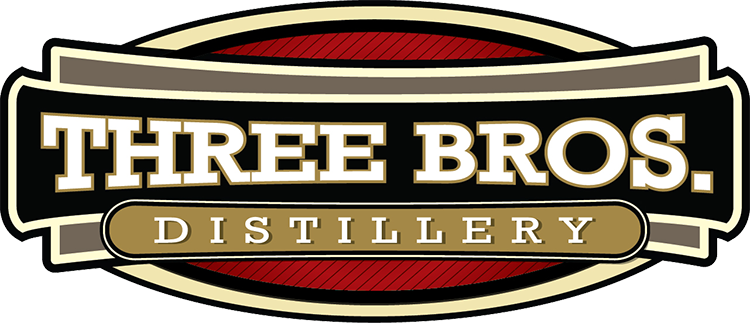Inauguration Day
Though it was not celebrated this year, the inauguration of the president of the United States is a ceremonial event marking the commencement of a new four-year term of a president of the United States. The day a presidential inauguration occurs is known as “Inauguration Day” and occurs on January 20 (or 21st if the 20th is a Sunday). Though initially, Inauguration day was celebrated on March 4th, the day of the year on which the Constitution of the United States first took effect in 1789; It was changed after the ratification of the 20th Amendment. The last inauguration to take place on the older date was Franklin D. Roosevelt’s first one on March 4, 1933.
The only requirement for inauguration that is mandated by the United States Constitution is that the president make an oath or affirmation before that person can “enter on the Execution” of the office of the presidency. However, over the years, various traditions have arisen that have expanded the inauguration from a simple oath-taking ceremony to a day-long event, including parades, speeches, and balls.
From the presidency of Andrew Jackson through that of Jimmy Carter, the primary Inauguration Day ceremony took place on the Capitol’s East Portico. Since the 1981 inauguration of Ronald Reagan, the ceremony has been held at the Capitol’s West Front. A few exceptions were the inaugurations of William Howard Taft in 1909 and Reagan in 1985 which were moved indoors in the Capitol Building due to cold weather. The War of 1812 and World War II caused two inaugurations to be held at other locations in Washington, D.C.
When George Washington was inaugurated at Federal Hall in New York City on April 30th 1789, the oath was administered by Robert Livingston, Chancellor of New York State, in 1789, and by William Cushing, Associate Justice of the Supreme Court, in 1793. Chief Justice Oliver Ellsworth swore in President John Adams, and since then, no chief justice has missed an Inauguration Day. When Inauguration Day has fallen on a Sunday, the chief justice has administered the oath to the president on the Sunday privately and then again the next day publicly.
In 1801, Thomas Jefferson became the first to be sworn in as president in Washington, D.C., which officially became the federal capital only on June 11, 1800. Inauguration day was originally on March 4, four months after election day, but this was changed to noon on January 20 by the Twentieth Amendment in 1933.
When a new president takes over mid-term due to the death or resignation of a president, the oath of office is administered but formal, public inauguration events have not been held. The word “inaugurate” means to make a formal beginning of, and the fact that these presidencies (nine of them) were begun without an inauguration attests to the celebratory nature of the event, being passed on during these periods mourning the previous presidency.
The inaugural celebrations usually last ten days, starting five days before the inauguration and ending five days after the inauguration. Traditionally, the president-elect arrives at the White House and proceeds to the inaugural grounds at the United States Capitol with the incumbent president. Only three have refused to accompany the president: John Adams, John Quincy Adams, and Andrew Johnson.
At noon, the new presidential term begins. At about that time, the president-elect takes the oath of office, traditionally administered by the Chief Justice of the United States, using the form mandated in Article II, Section 1 of the United States Constitution: I <name> do solemnly swear (or affirm) that I will faithfully execute the office of President of the United States, and will to the best of my ability, preserve, protect, and defend the Constitution of the United States.
There is no requirement that any book, or a book of sacred text, be used to administer the oath, and none is mentioned in the Constitution. With the use of the Bible being customary for oaths in the 18th and 19th centuries, a Bible was generally used. Several presidents were sworn in on the George Washington Inaugural Bible. On some occasions, the particular passage to which it was opened has been recorded, as below. John Quincy Adams was sworn in on a book of laws. Franklin Pierce also used a law book but he is definitely known to have affirmed rather than sworn. Barack Obama used the Lincoln Bible for his swearing in.

Immediately after the presidential oath, the United States Marine Band will perform four ruffles and flourishes, followed by Hail to the Chief, while simultaneously, a 21-gun salute is fired using artillery pieces from the Presidential Guns Salute Battery, 3d United States Infantry Regiment “The Old Guard” located in Taft Park, north of the Capitol. The actual gun salute begins with the first ruffle and flourish, and ‘run long’ (i.e. the salute concludes after Hail to the Chief has ended).
Other traditions include a Congressional luncheon (since 1953) , the Presidential Procession to the White House and the Inaugural Parade(since 1805), and a prayer service at the Washington National Cathedral the following day (1789), and the Inaugural Prayer held at Old St George’s, America’s oldest Methodist Church ( started in 1789, resumed in 1985).
In celebration of this day, I give you Deputy Dave’s Drink of the Day, The Presidential Margarita
Ingredients
1 1/2 oz brandy
1 1/2 oz orange liqueur
1 1/2 oz reposado tequila
juice of 1 lime
Pour each ingredient into a large glass and add ice. Rim a margarita glass with lime and salt, fill with ice and garnish with a lime slice. Carefully pour contents of large glass into the salted margarita glass, leaving salt undisturbed.
0Hey, like this post? Why not share it with a buddy?
TweetLeave a Reply
You must be logged in to post a comment.
